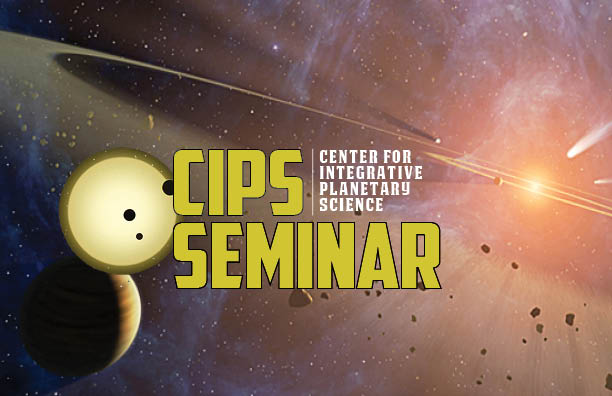Towards an age for every star: calibrating the age-rotation relations
Wed, November 18, 2015

In order to explore the evolution of planetary systems, we first need to improve the existing methods for inferring stellar ages. The age-rotation, or 'gyrochronology' relations have the potential to be an extremely powerful stellar dating method since only measurements of rotation period and mass (or mass proxy) are required to infer a star's age. However, data from the Kepler spacecraft recently revealed a tension between asteroseismic and gyrochronological ages. I will discuss the potential sources of this discrepancy and ways in which we can advance our understanding of magnetic braking. New data from the Kepler and TESS spacecraft will allow us to resolve this tension and quantify the level of intrinsic scatter in the gyrochronology relations. I will demonstrate two new methods for measuring precise, accurate and probabilistic rotation periods for stars observed by Kepler and TESS. We are at the cusp of fully understanding the relationship between age and rotation period, which will allow us to infer an age for every star observed by Kepler, K2 and TESS and conduct time-resolved exoplanet population inference.
